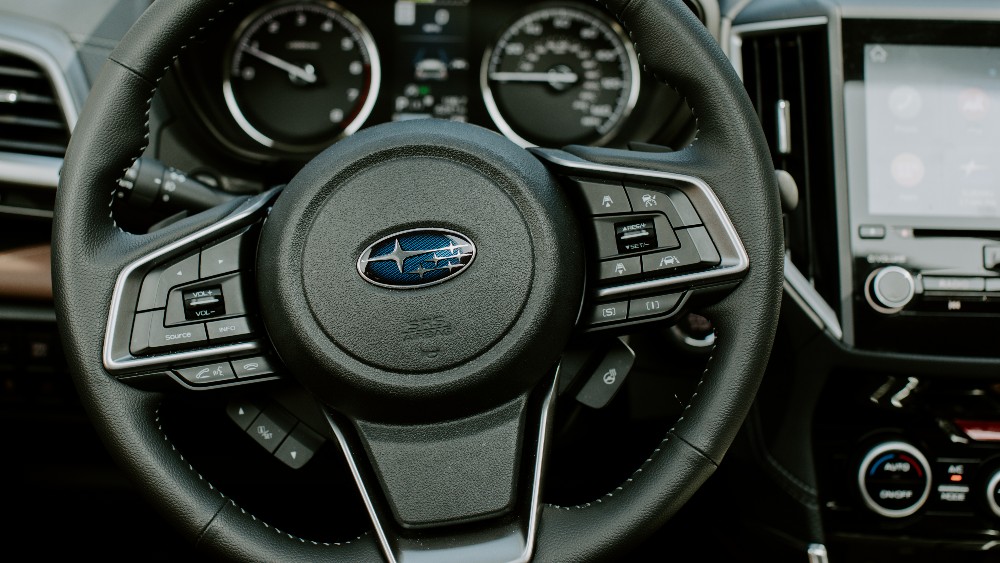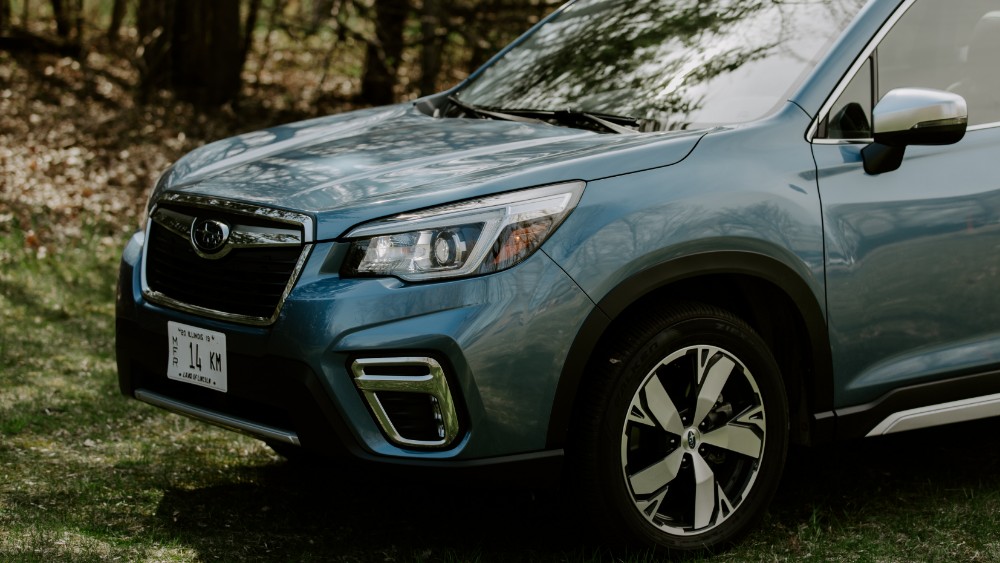How the 2019 Subaru Forester knows you're falling asleep
The eyes have it

One of the smartest innovations in vehicle tech has to do with detecting when you're dozing off. Mercedes-Benz pioneered the concept, using factors such as erratic driving and swerving on the road to tell when you're not paying attention and need a break. (An icon of a coffee cup appears as a reminder.)
Falling asleep at the wheel is a serious issue because the most common vehicle safety systems like lane-detection and adaptive cruise won’t help. Until cars are fully autonomous (known as Level 4 control) and can safely drive us home when we are sound asleep, a detection system at least can alert us to the dangers.



On the 2019 Subaru Forester, for example, a camera scans your face and knows when your eyes are closing. The vehicle can then lower the volume of the radio and play a buzzer as an alert, then display a message in both the display above the steering wheel and in the center console screen. Testing this feature proved to be an entertaining exercise.
The camera uses near-field infrared to monitor the position of your head and your eyelids. If you are continually dropping your chin down and your eyes are closed, the system will alert you and play a warning sound.
Subaru reps also noted that the system detects 'facial characteristics' although there isn’t a more detail explanation of that. Presumably, it means the camera can detect when your head is moving side to side or not paying attention to the road.
Look lively
To test it, I found a closed road on a private property. With no obstructions or cars around, I tried drooping my head down about halfway. The Forester immediately detected the problem and showed the alert message on the display above the steering wheel (known as the meter display), but not the buzzer. After a few more attempts, the Forester – which only detects drowsiness when you drive, not when idle – played the buzzer sound as well.
I then tried closing my eyes halfway a few times, and once again the alerts appeared – almost immediately. Curiously, the system worked much faster than I’ve seen with the similar Mercedes-Benz tech, which analyzes multiple variables as you drive and will only want you when it detects a pattern of inattentiveness over a set period of time.
Get daily insight, inspiration and deals in your inbox
Sign up for breaking news, reviews, opinion, top tech deals, and more.



The Forester won’t pull over to the side of the road for you, and won’t engage any autonomous driving modes. Volvo is developing a system that will pull over for you. Someday, cars will known when we are tired and offer to take over completely.
A tireless co-driver
I like where this is all heading. Robotic cars don’t need coffee breaks. They aren't distracted by other drivers, and they don't need sleep. One of the main reasons autonomous driving makes sense is that automations in cars can be active constantly, looking in all directions at once, scanning the road for problems even miles ahead, or communicate with other cars and a vehicle control center in a major city. In short, they can think faster than us.
My only complaint is that the Forester does tend to ding and chime a lot -- now with the sleep detection, but also with the lane-keeping, adaptive cruise, and other tech. Too many chimes and beeps can lead to the driver dismissing all of them. As the tech progresses, engineers will need to find that balance between beeping at us constantly and a real, urgent warning.



On The Road is TechRadar's regular look at the futuristic tech in today's hottest cars. John Brandon, a journalist who's been writing about cars for 12 years, puts a new car and its cutting-edge tech through the paces every week. One goal: To find out which new technologies will lead us to fully self-driving cars.
John Brandon has covered gadgets and cars for the past 12 years having published over 12,000 articles and tested nearly 8,000 products. He's nothing if not prolific. Before starting his writing career, he led an Information Design practice at a large consumer electronics retailer in the US. His hobbies include deep sea exploration, complaining about the weather, and engineering a vast multiverse conspiracy.
